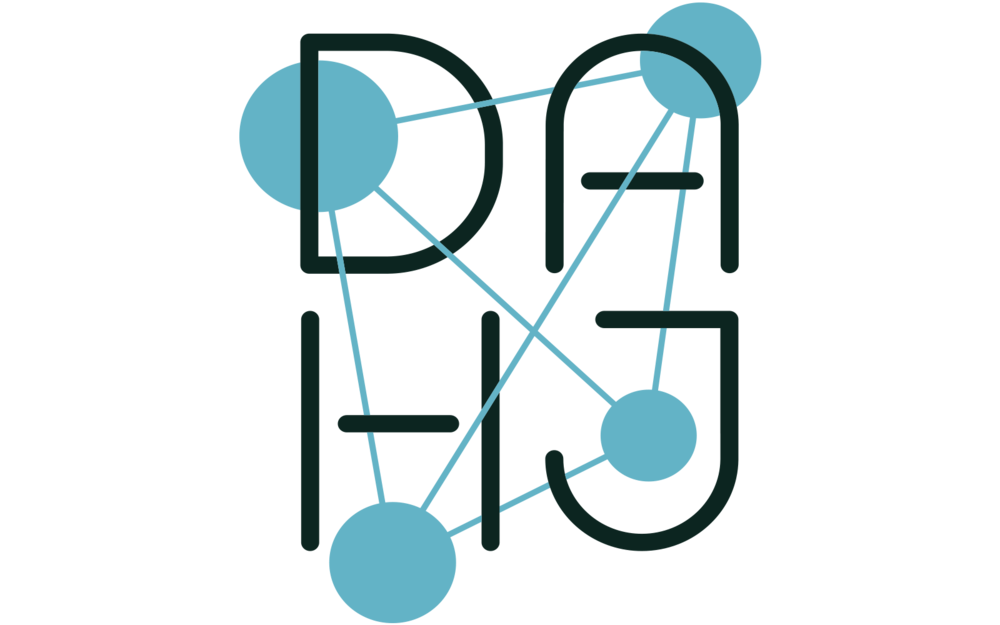Abstract
The last twenty has seen our reliance on digital technology for the practice of art history grow alongside the emergence of what is called the digital humanities. Yet the discourse around digital humanities has thus far failed to articulate, explicitly or consistently, the true stakes of technologies’ influence on the humanities, much less art history. This article therefore seeks to reframe the debate. It argues that we should focus not on the digital or the computer, but instead on the but instead on the dynamic interrelationship between the institutions and domains responsible for the management of art historical information and those of the production of art historical knowledge. More specifically, it examines how recent technological developments are shifting priorities and processes within such institutions and thus shaping and reshaping art-historical practice.
DOI: https://doi.org/10.11588/dah.2019.4.63448
Author
Emily Pugh
oversees the Digital Art History department at the GRI, which undertakes research activities in connection with technology initiatives. Examples of such initiatives include “Ed Ruscha Streets of Los Angeles” and PhotoTech, a project to digitize 700,000 objects from the GRI’s Photo Archive. Pugh received her PhD in Art History from the CUNY Graduate Center where her studies focused on modern and contemporary architectural history. Her book on architecture and urban development in Cold War Berlin was published in 2014 as Architecture, Politics, and Identity in Divided Berlin by the University of Pittsburgh Press, and her work in architecture and digital art history has been supported by the Center for Architecture Theory Criticism History at the University of Queensland, the Center for Digital Humanities Research at Australian National University, the European Architectural History Network, and the Foundation for Landscape Studies.

